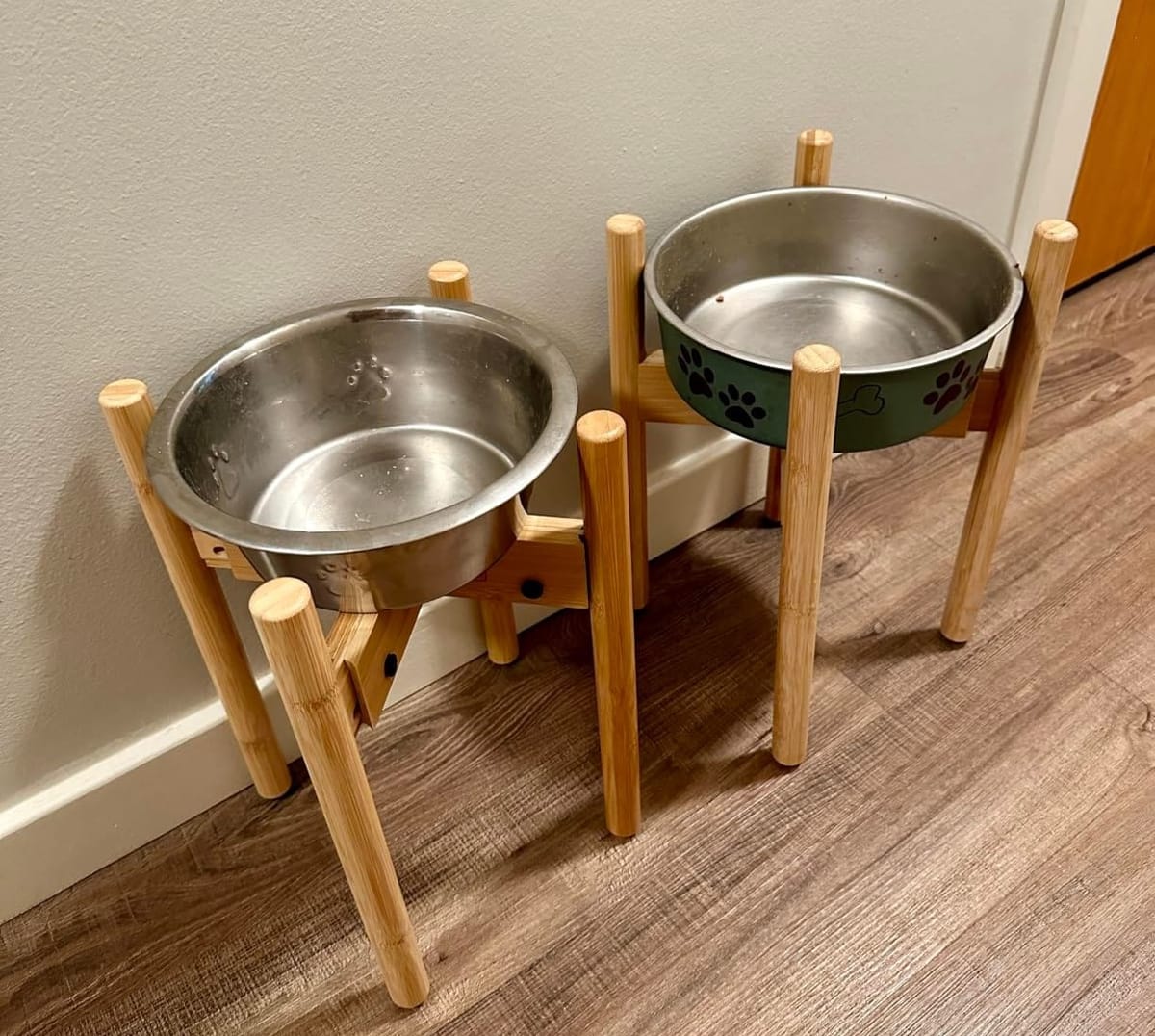In the bustling world of pet care, one topic that often stirs the pot is the use of elevated bowls or dog bowls. Are they a boon or a bane for our furry friends? This article delves into the nitty-gritty of elevated feeders, exploring their benefits and potential drawbacks. Whether you're a seasoned pet owner or a newbie, understanding the implications of raised dog bowls can make a world of difference in your pet's health and happiness.
Key Takeaways:
- Elevated dog bowls can improve posture and comfort for larger and senior dogs.
- There is a potential risk of bloat associated with raised feeders, especially in giant breeds.
- More research is needed to fully understand the impact of elevated food bowls on dogs' health.
The Basics of Elevated Dog Bowls
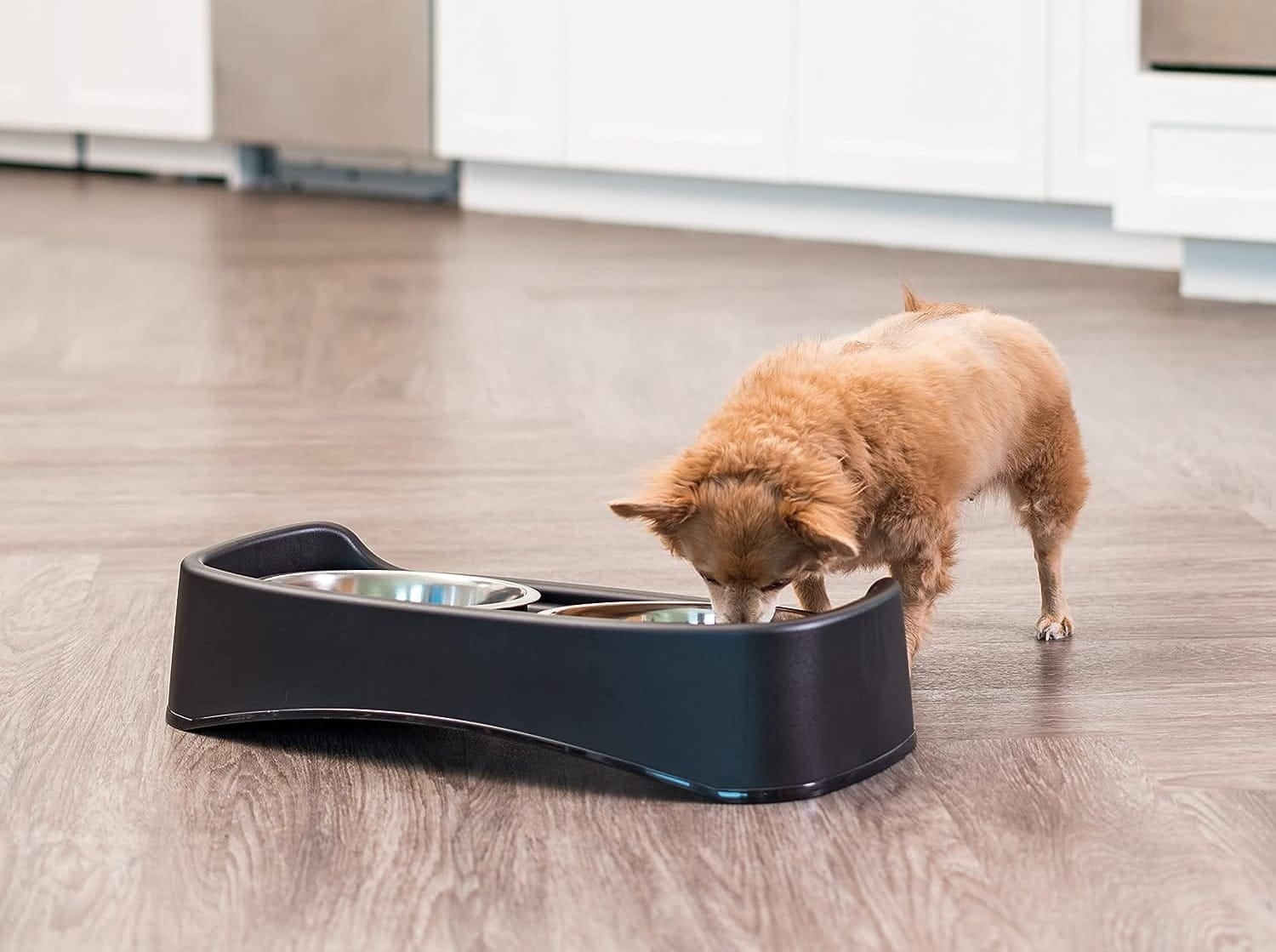
Elevated dog bowls, also known as raised feeders, are essentially food and water bowls placed on a stand, lifting them off the ground. This design is particularly popular among pet owners of larger breeds and senior dogs, aiming to provide a more comfortable eating experience. The idea is simple: by raising the bowls, dogs can eat in a more natural stance, potentially reducing strain on their necks and joints during feeding time.
For giant breed dogs, such as Great Danes or Saint Bernards, bending down to floor level can be quite the task. Elevated food bowls offer a solution by allowing dogs to eat without having to stoop too low. This can be especially beneficial for older dogs or those with arthritis, as it promotes a more comfortable position during meal times.
The Benefits of Raised Dog Bowls
One of the primary advantages of elevated dog bowls is improved posture. When a dog eats from a raised dog bowl, it can maintain a more upright position, which can be particularly beneficial for tall dogs. This posture can help reduce the strain on the dog's neck and back, making meal times more comfortable.
Additionally, elevated feeders can help in reducing the amount of air a dog swallows while eating. This reduces air intake and is particularly important for dogs that tend to gulp their food. By reducing air intake, raised slow feeder bowls can help prevent issues like gas and bloating, which can be uncomfortable for dogs and concerning for pet owners.
Potential Risks: The Bloat Debate
Despite the benefits, there is an ongoing debate about the potential risks associated with elevated dog bowls, particularly concerning bloat. Gastric dilatation volvulus (GDV), commonly known as bloat, is a serious condition that can occur in dogs, especially in larger breeds. It involves the dogs stomach filling with gas and twisting, which can be life-threatening for large dogs if left untreated.
Some studies suggest that raised feeders might increase the risk of bloat in certain dogs. The American Veterinary Medical Association has highlighted that more research is needed to understand the relationship between elevated bowl and GDV risk fully. Pet owners of large breeds should be particularly cautious with raised feeder and consult with their veterinarian to determine the best feeding strategy for their dogs.
Considerations for Giant Breeds
For giant breeds, the decision to use elevated feeder dog bowls should be carefully considered. Due to their size and deep chests, these dogs are already at a higher risk for bloat. While elevated feeders can offer a more comfortable eating experience, they might also contribute to an increased risk of bloat.
It's essential for pet owners to weigh the pros and cons and consider other factors, such as the dog's eating habits and overall health. Consulting with a veterinarian who specializes in veterinary medicine can provide valuable insights and help make an informed decision.
The Role of Dog's Breed and Size
The breed and size of a dog play a significant role in determining whether elevated dog bowls are a good fit. Larger dogs, such as German Shepherds or Labradors, might benefit from raised bowls due to their height. However, smaller breeds might not require the same elevation and could be perfectly comfortable eating wet food at floor level.
It's also important to consider the dog's age and any existing health conditions. Senior dogs or those with joint issues might find elevated feeders more comfortable, while younger, more agile dogs might not see the same benefits from elevated dog feeders. Tailoring the feeding setup to the dog's specific needs can enhance their overall dining experience.
Practical Examples and Case Studies
Consider the case of Max, a seven-year-old Great Dane with arthritis. His owner noticed a few years back that Max was struggling to eat from his floor-level bowls, often appearing uncomfortable and hesitant during meal times. After switching to elevated food bowls, Max's posture improved, and he seemed more eager to eat, indicating a positive change in his feeding experience.
On the flip side, Bella, a four-year-old Labrador, experienced increased gas and discomfort after her owner switched to raised feeders. After consulting with a veterinarian, it was determined that Bella was swallowing more air due to the raised bowl elevation, leading to her discomfort. Returning to floor-level bowls resolved the issue, highlighting the importance of individual assessment.
Choosing the Right Elevated Dog Bowl


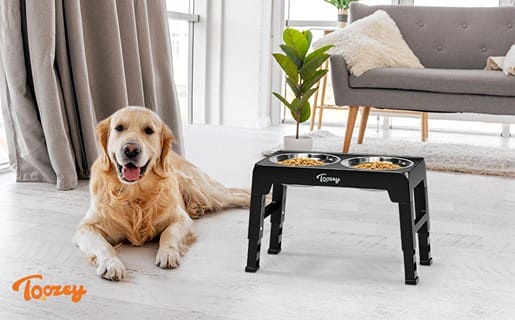
When selecting an elevated dog bowl stand, several factors should be considered. The height of the bowl stand should be appropriate for the dog's size, allowing them to eat comfortably without straining their neck. Stainless steel bowls are often recommended due to their durability and ease of cleaning.
Additionally, pet owners should consider the design of the raised slow feeder bowl. Raised slow feeder bowls can be beneficial for dogs that eat too quickly, as they encourage slower eating and reduce the risk of gulping air. Ensuring the feeding area is stable and secure is also crucial to prevent spills and accidents.
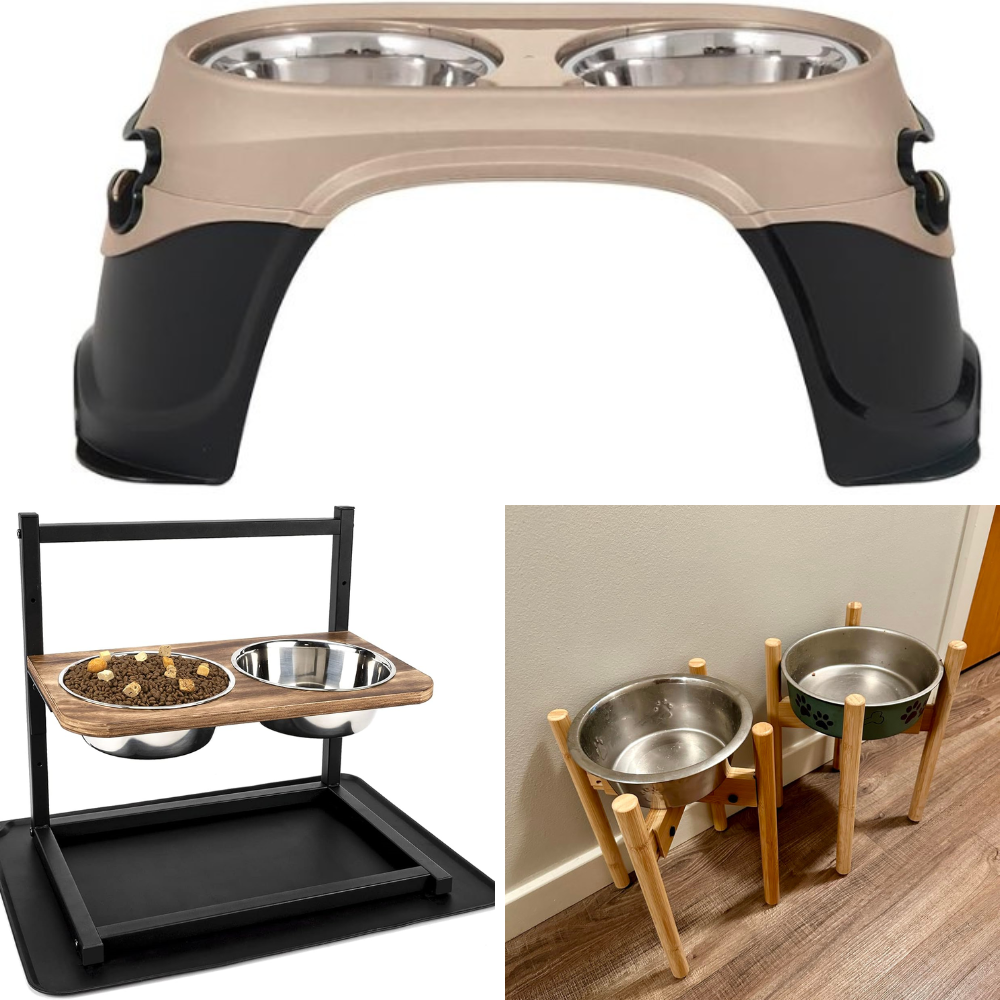
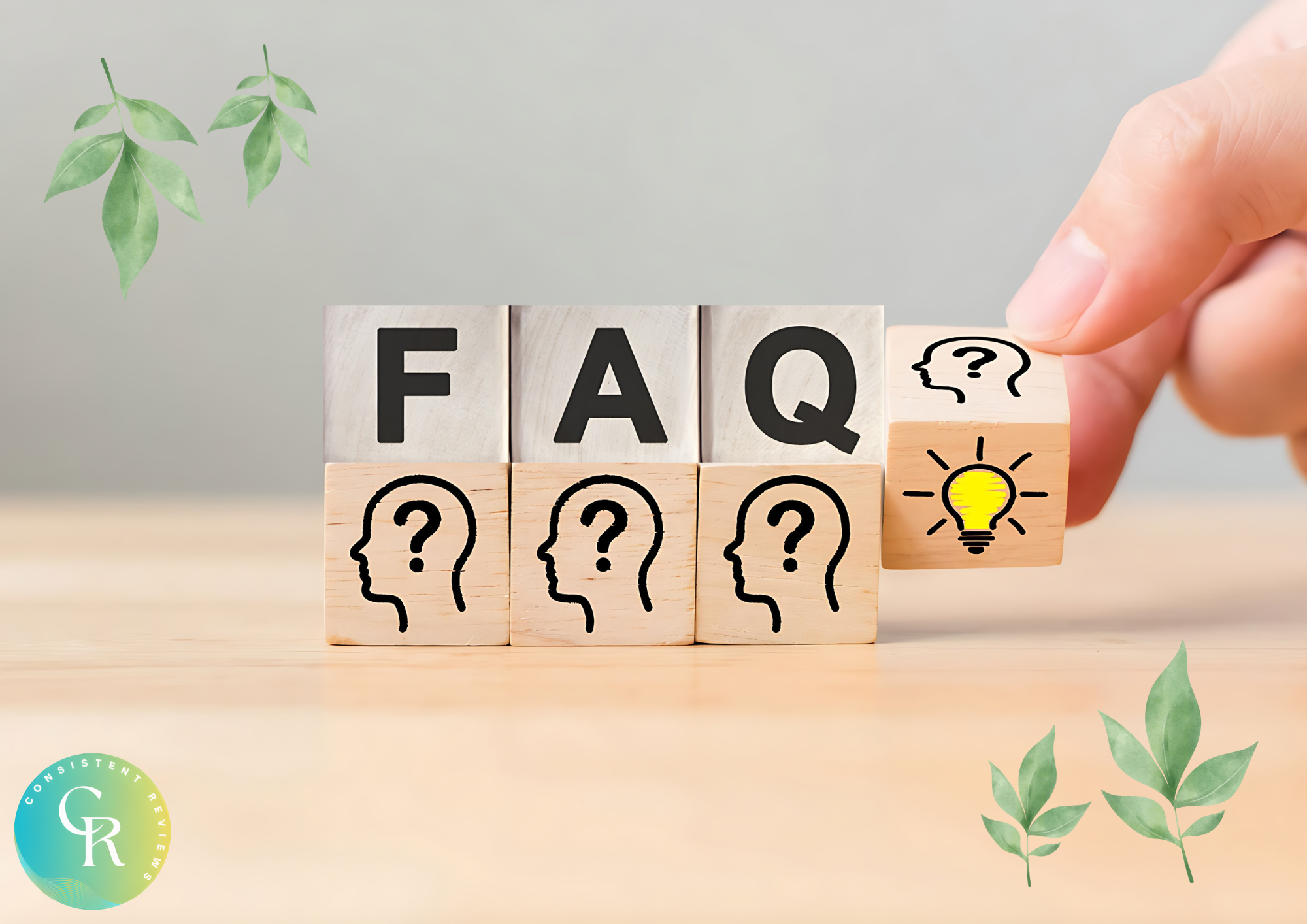
Are elevated dog bowls suitable for all dog breeds?
Elevated dog bowls are not universally suitable for all breeds. Larger and senior dogs might benefit from them, but smaller breeds may not require elevation. It's important to consider the dog's size, breed, and health conditions before making a decision.
Can elevated dog bowls prevent bloat in dogs?
Elevated dog bowls do not prevent bloat and might even increase the risk in some cases, particularly in giant breeds. It's crucial to consult with a veterinarian to determine the best feeding strategy for your dog to minimize the risk of bloat.
What materials are best for elevated dog bowls?
Stainless steel bowls are often recommended for elevated feeders due to their durability and ease of cleaning. They are also less likely to harbor bacteria compared to plastic bowls, making them a safer choice for your pet's health.

Elevated dog bowls can offer several benefits, particularly for larger and senior dogs, by promoting better posture and reducing strain during meal times. However, the potential risk of bloat, especially in giant breeds, cannot be ignored. Pet owners should carefully consider their dog's breed, size, and health conditions when deciding whether to use raised feeders. Consulting with a veterinarian can provide valuable guidance and help ensure the best feeding strategy for your furry friend.



